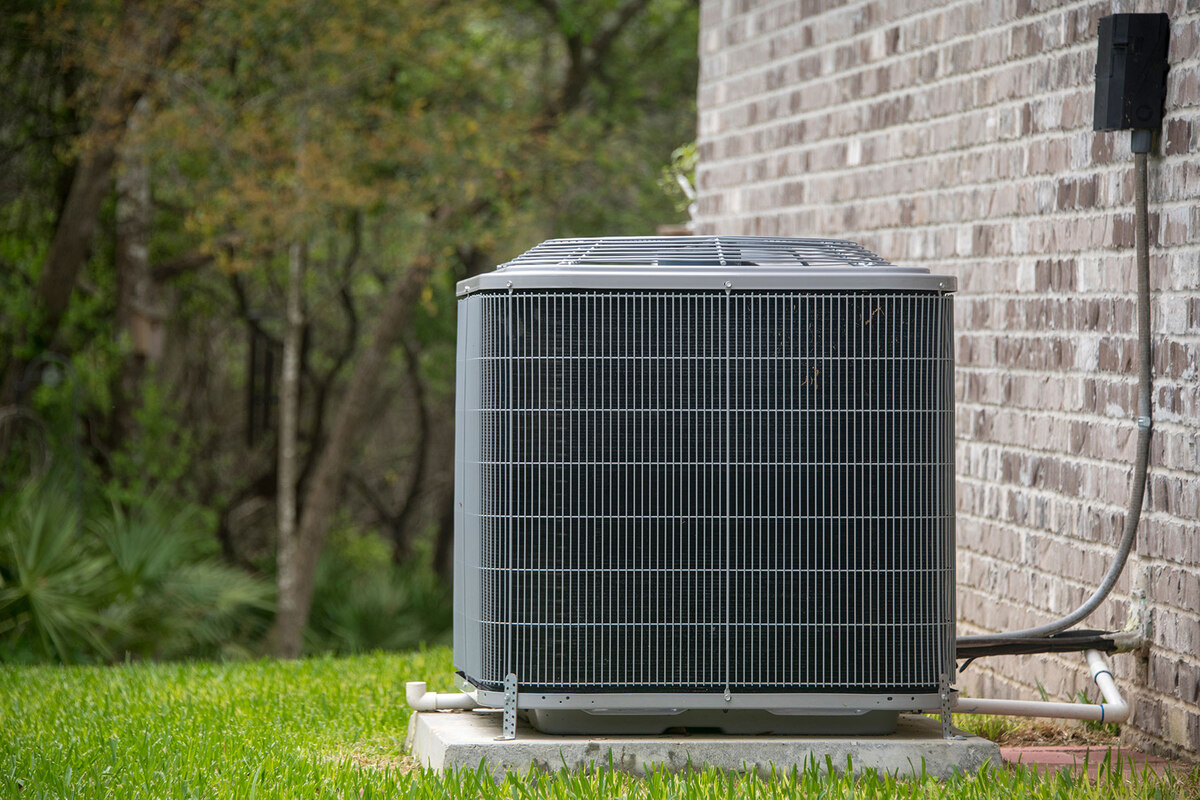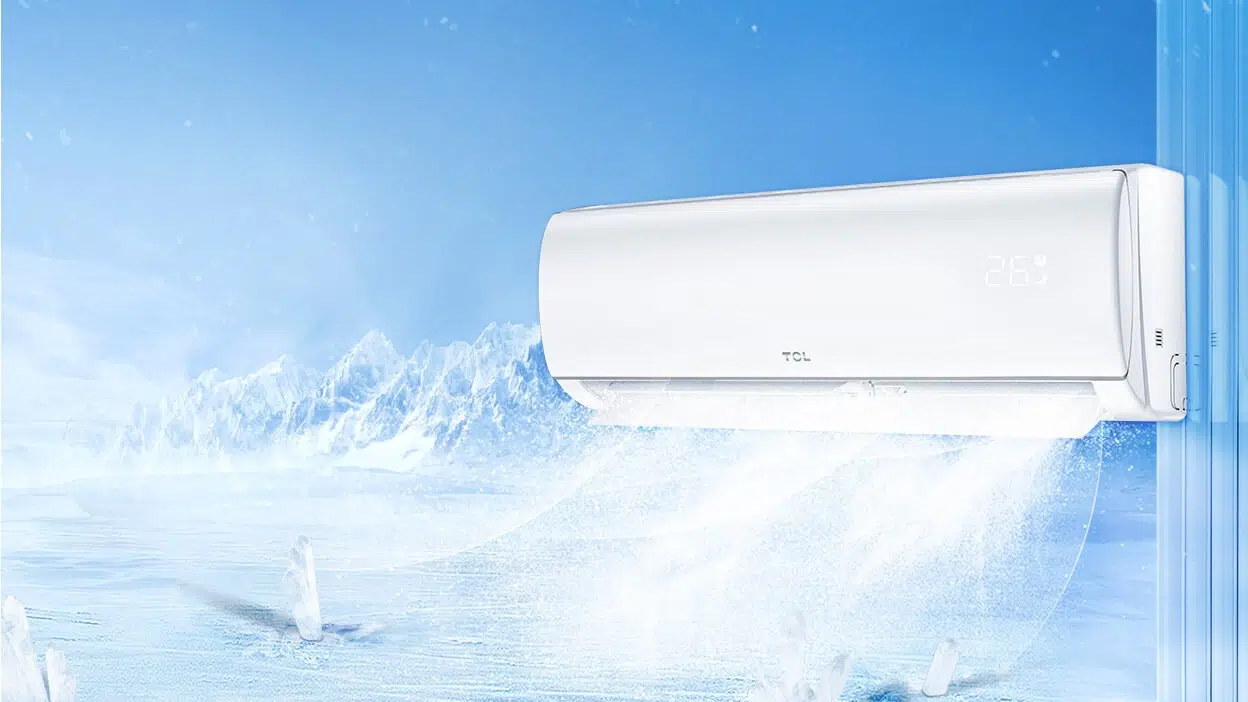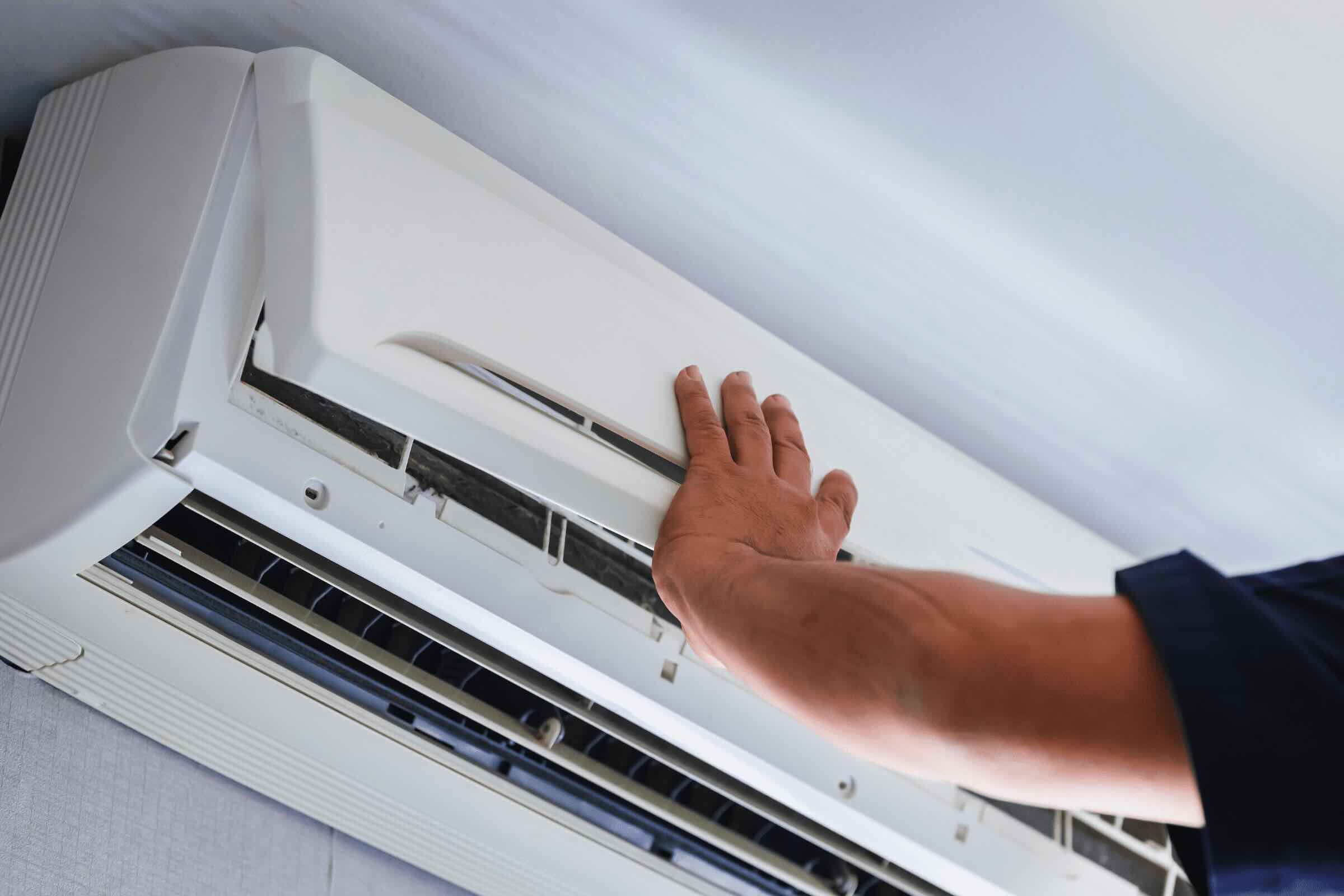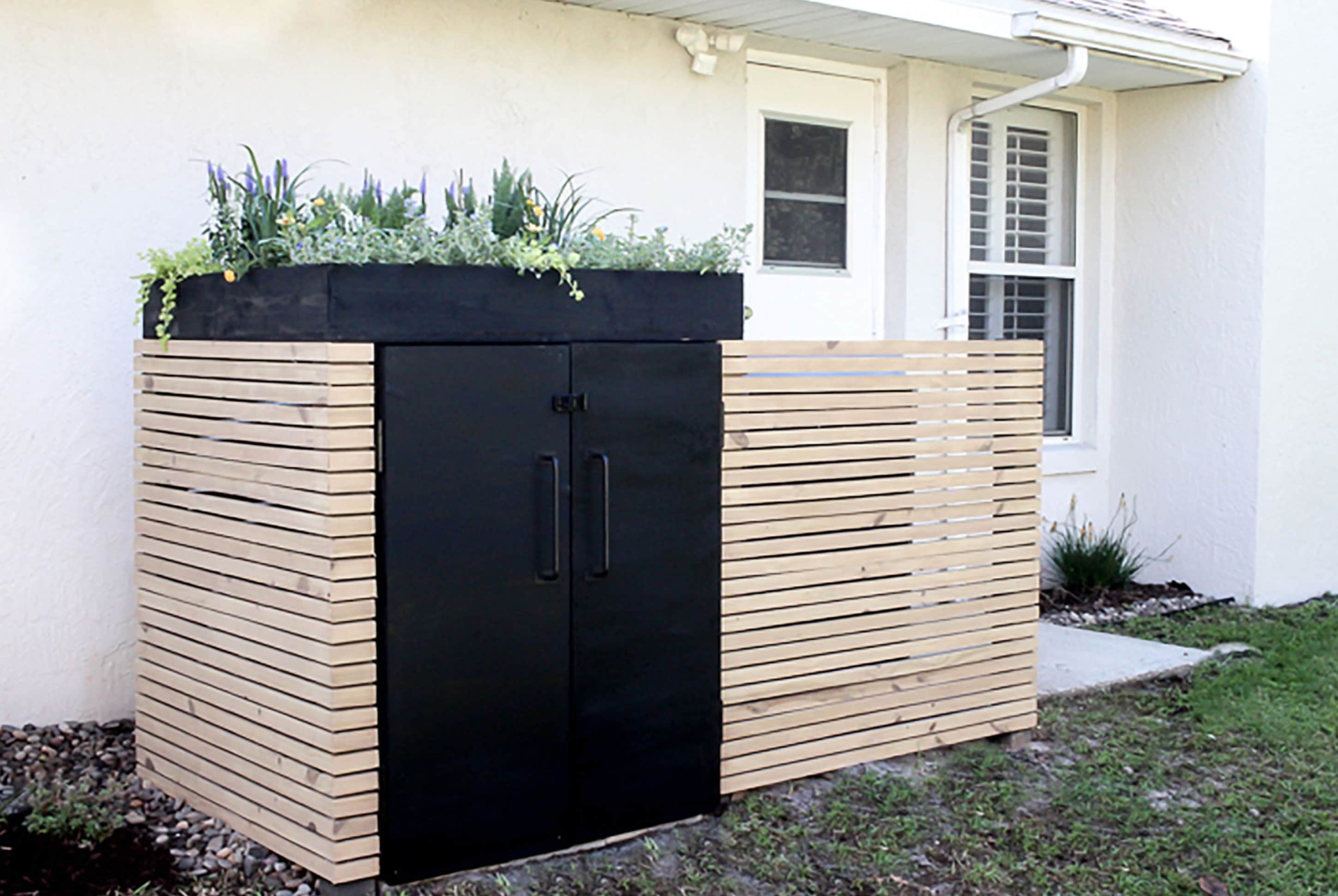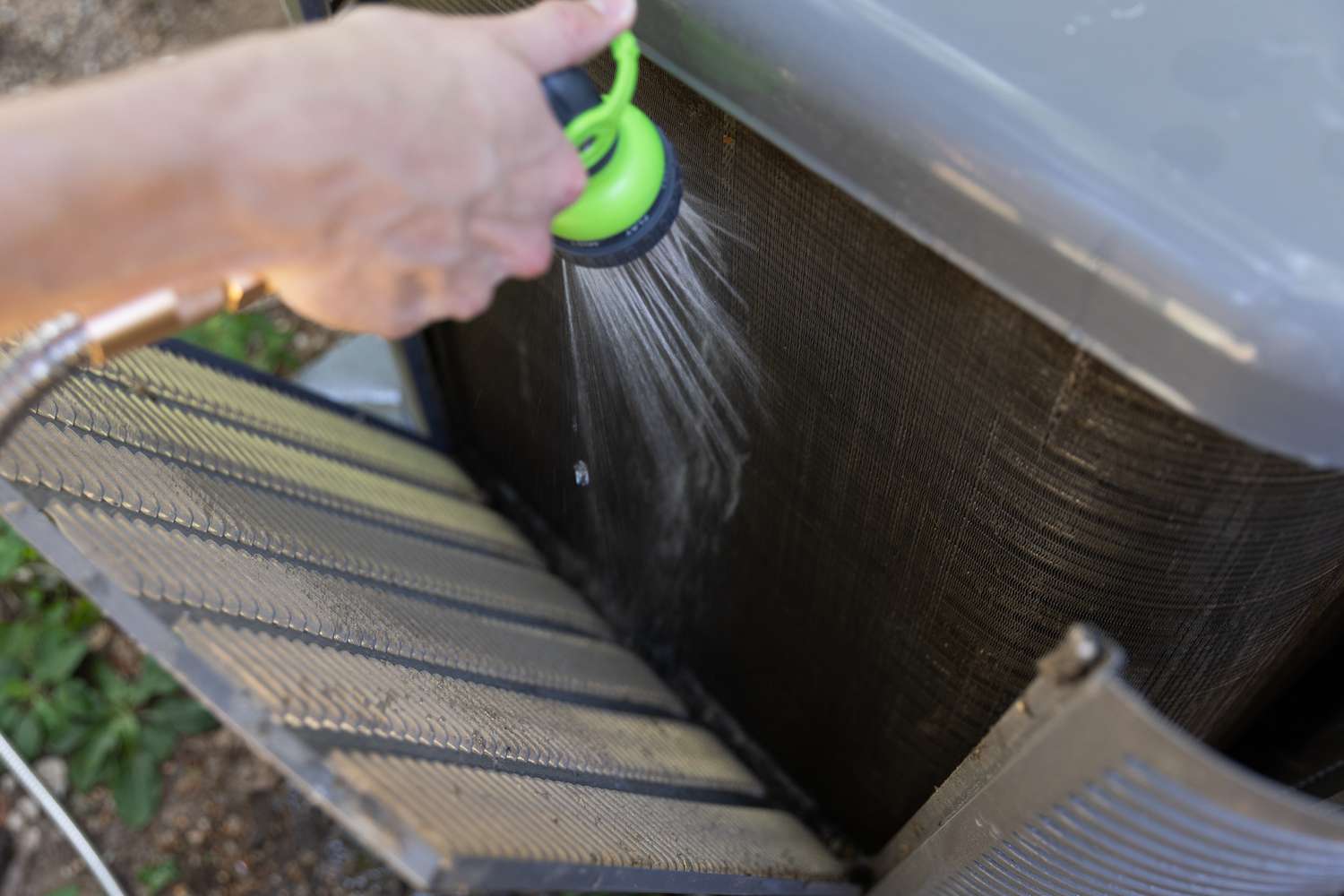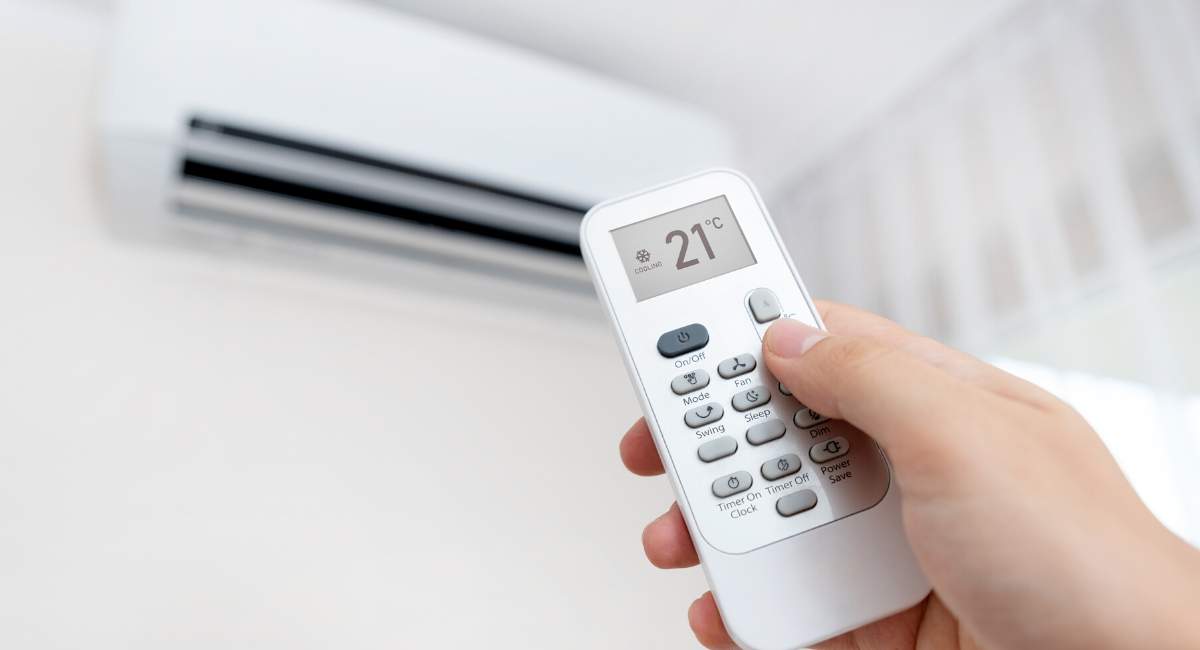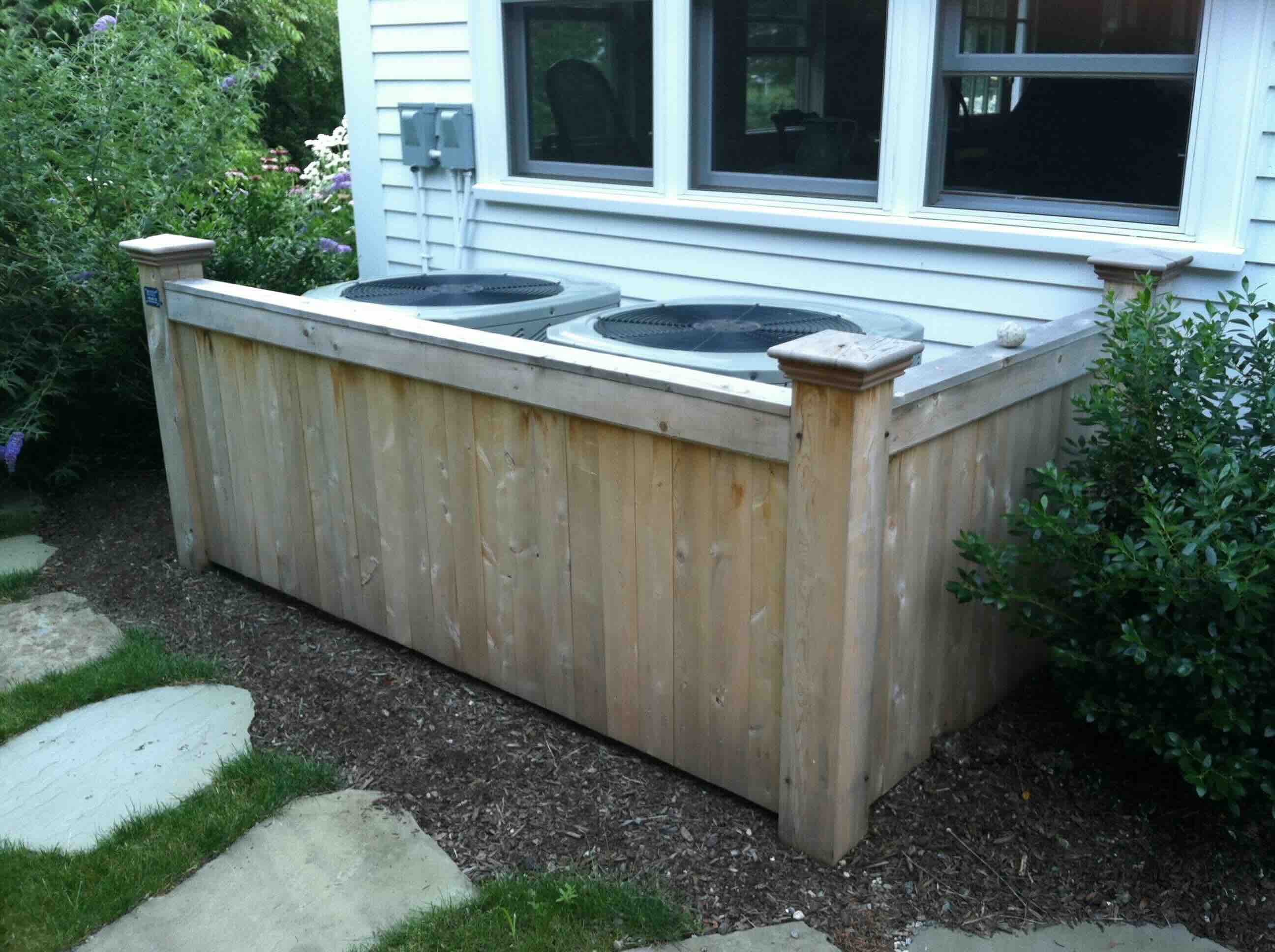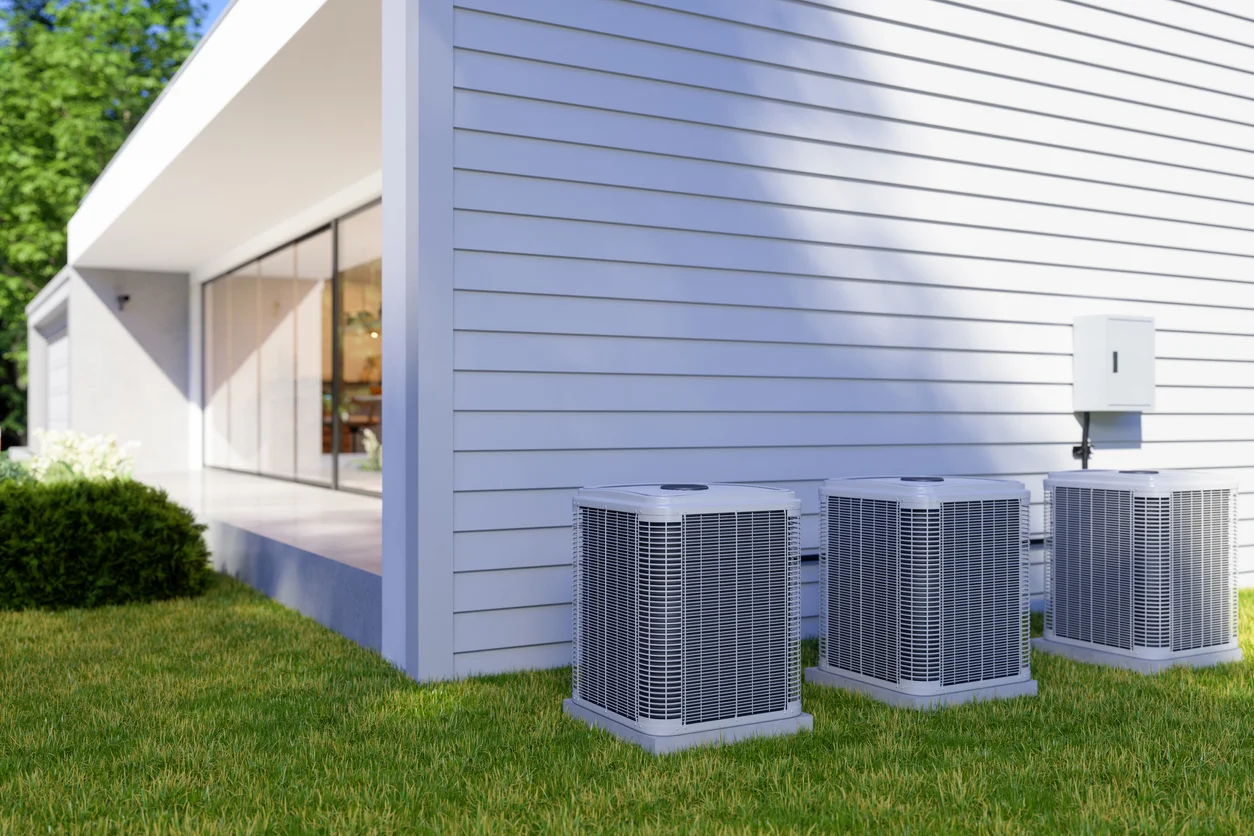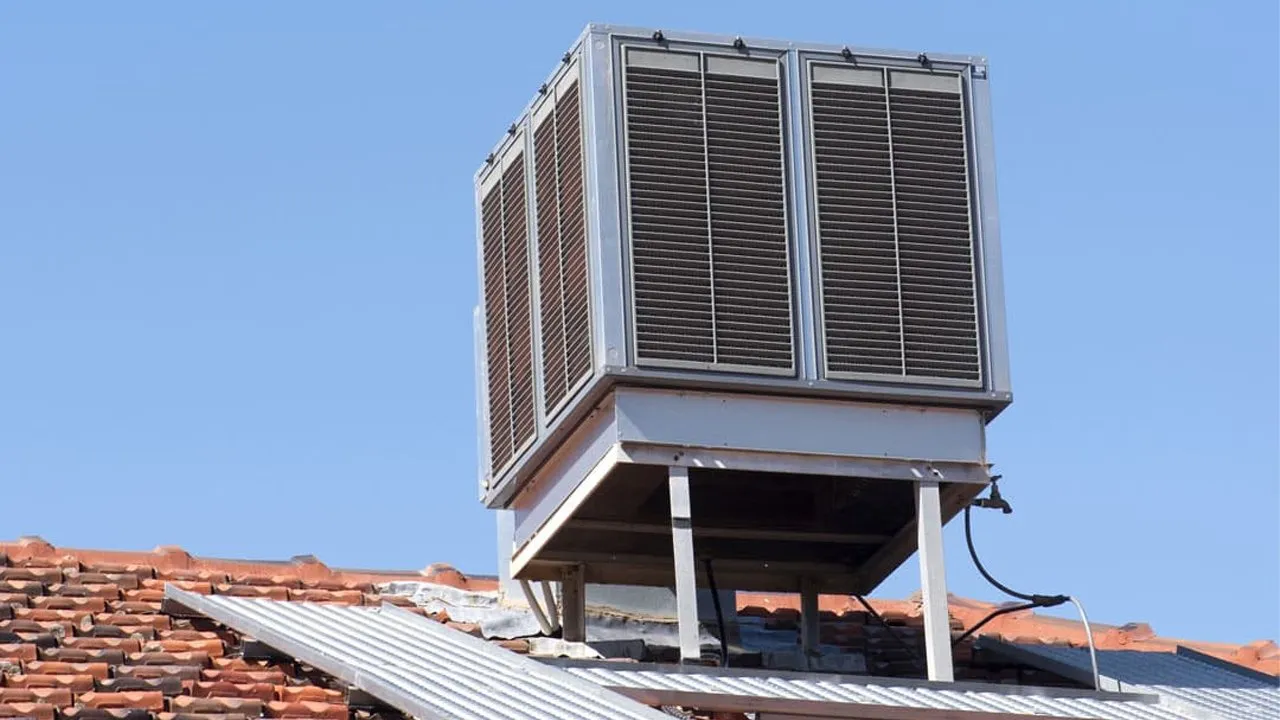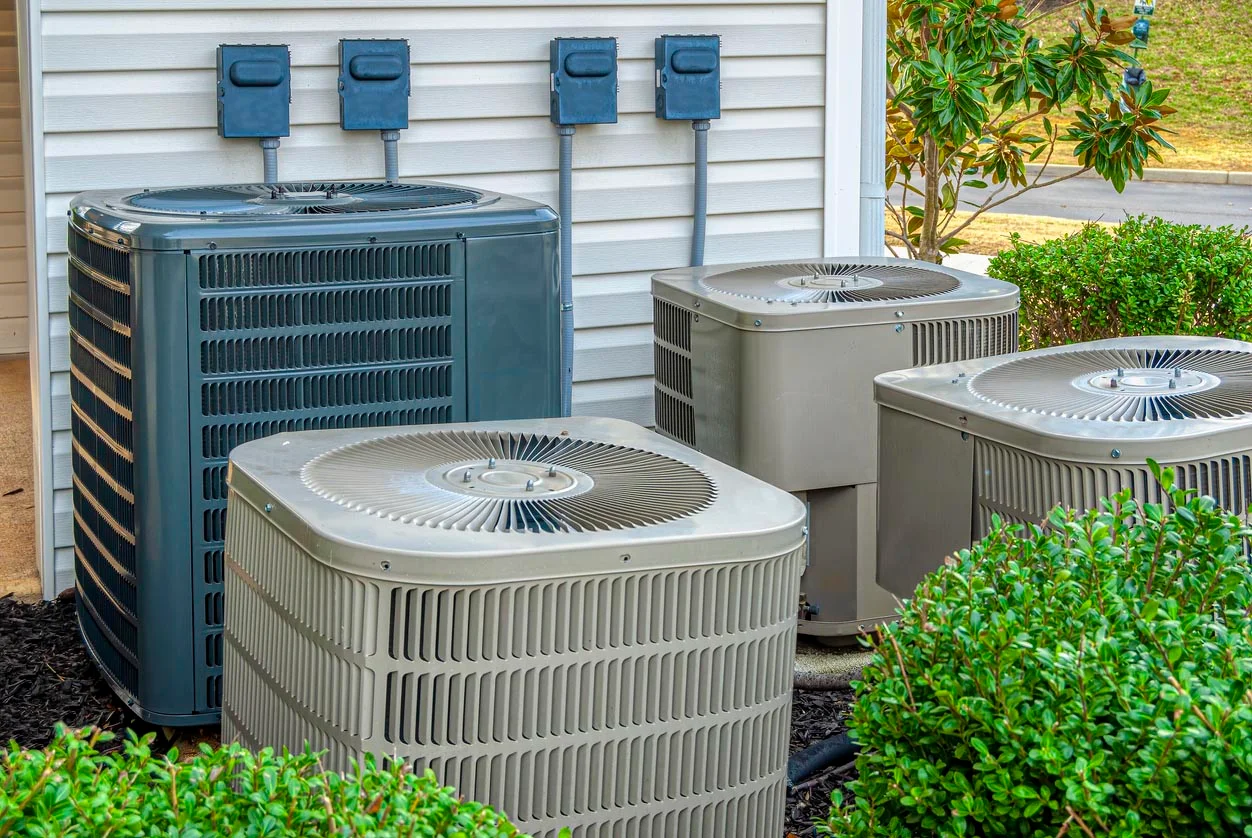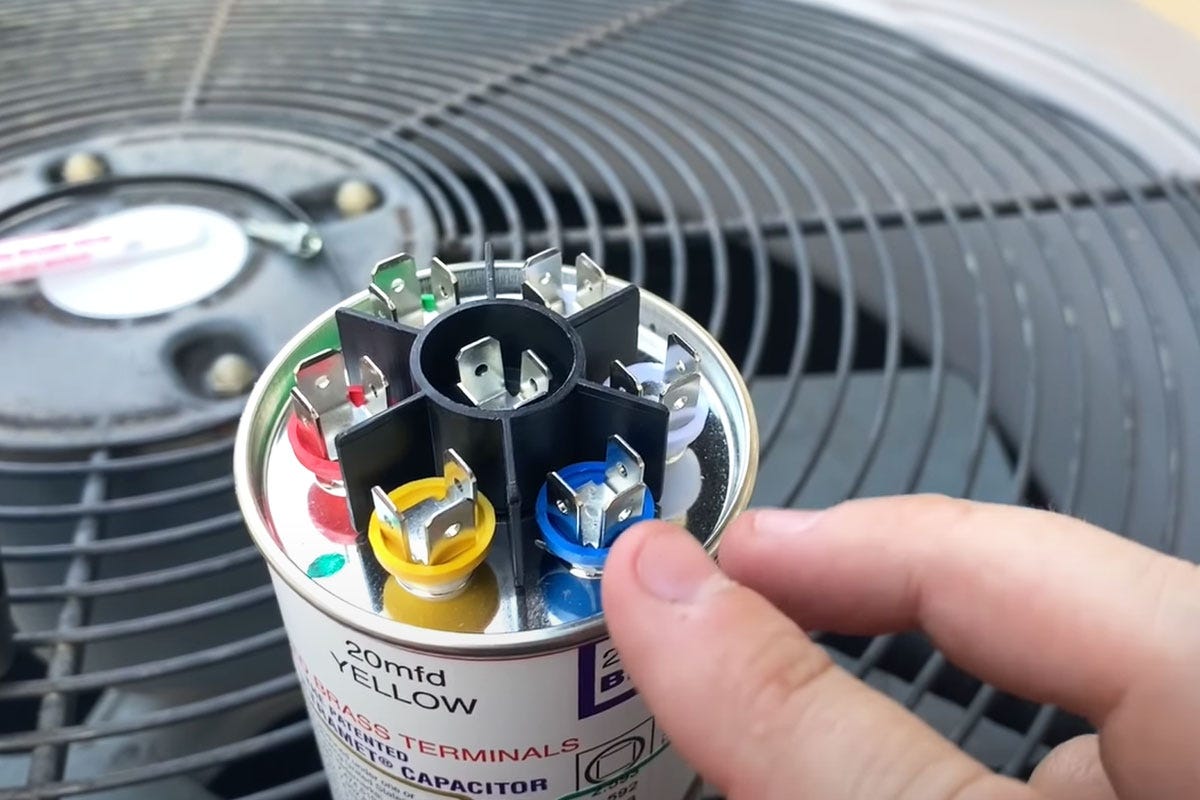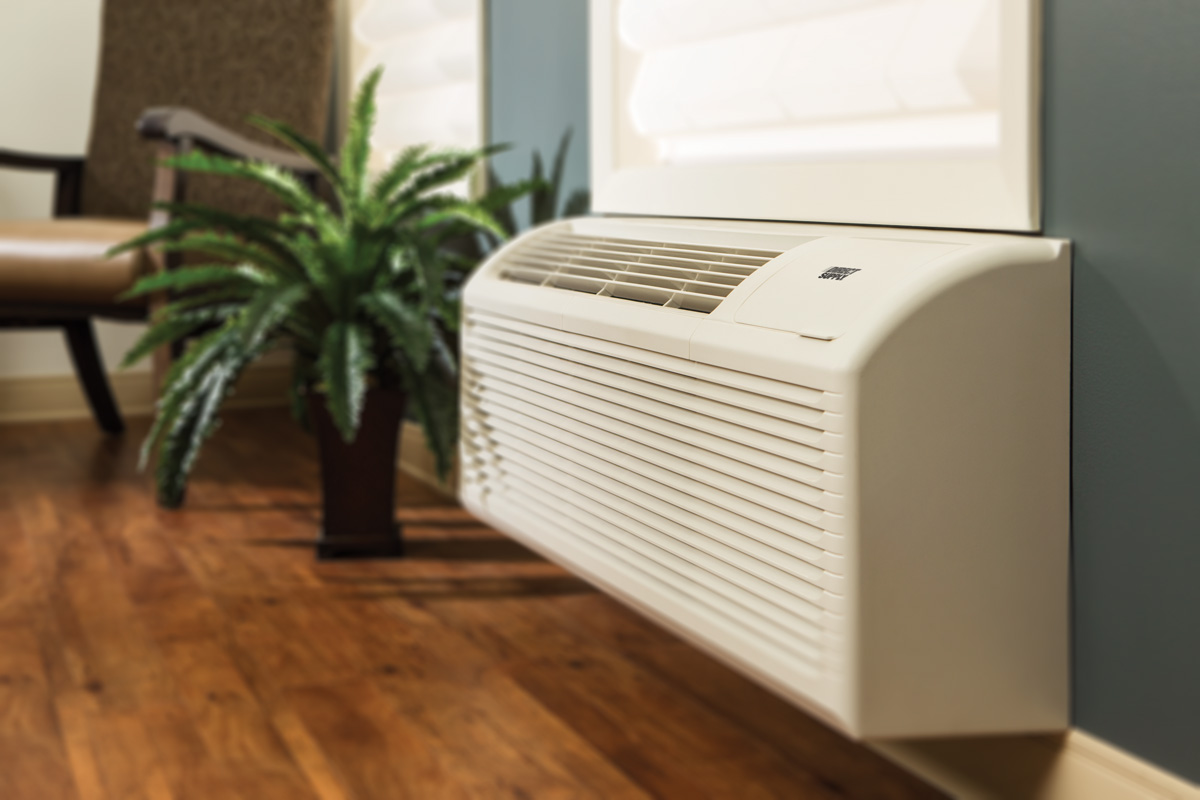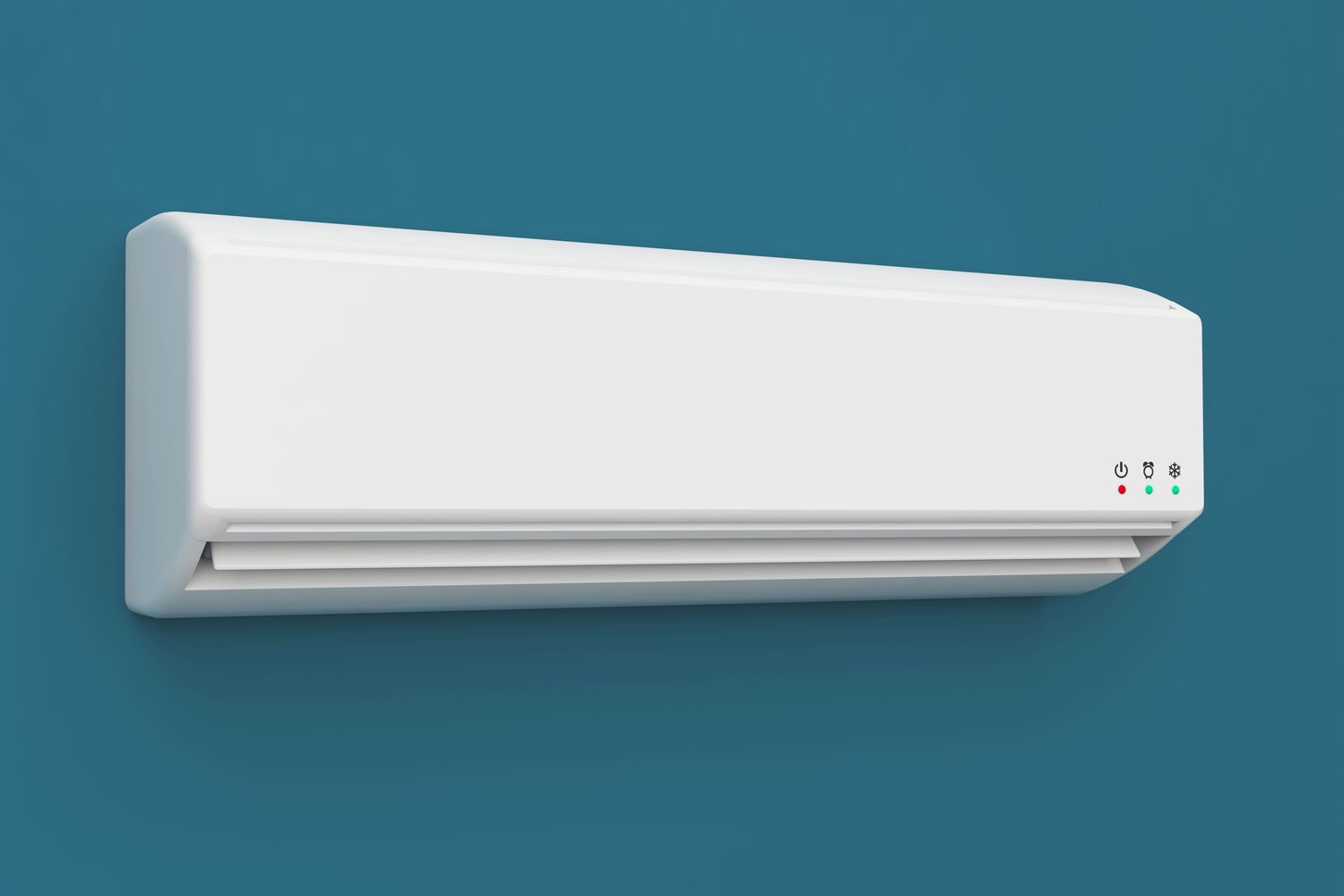Home>Home Maintenance>What Is The Outside Unit Called In An Air Conditioner
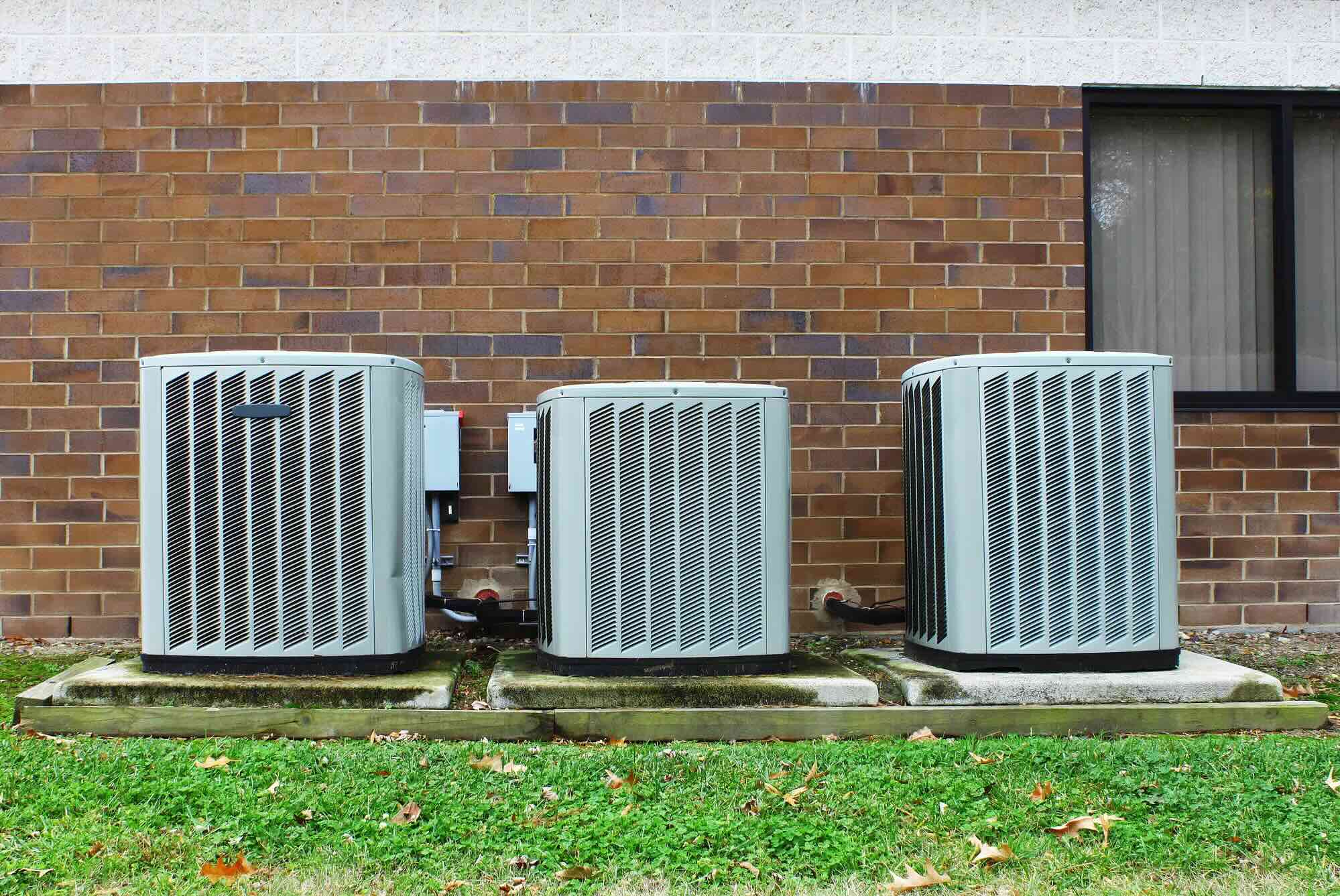

Home Maintenance
What Is The Outside Unit Called In An Air Conditioner
Modified: March 7, 2024
Learn about the essential component of an air conditioner. Discover what the outside unit, also known as the condenser, does for your home's cooling system. Find out how to properly maintain it with our home-maintenance tips.
(Many of the links in this article redirect to a specific reviewed product. Your purchase of these products through affiliate links helps to generate commission for Storables.com, at no extra cost. Learn more)
Introduction
Welcome to the world of air conditioning! When it comes to keeping our homes cool and comfortable, air conditioners play a crucial role. But have you ever wondered about the different components that make up an air conditioner and how they work together? In particular, what is the outside unit called in an air conditioner? In this article, we’ll explore the answer to this question and delve into the importance and functions of this crucial component.
Before we dive into the details, let’s have a quick overview of an air conditioner’s basic components. An air conditioner consists of two main parts: the indoor unit, which is installed inside the home, and the outdoor unit, which is situated outside. The outdoor unit, often referred to by different names, is responsible for the heat exchange process that cools down the air before it is circulated back into the house.
The outside unit of an air conditioner is a powerhouse of technology, comprising several important components that work together to cool down the indoor space. It is essential to understand the role and significance of the outside unit to ensure optimal performance and efficiency of your air conditioning system.
So, without further ado, let’s take a closer look at the components and functions of the outside unit in an air conditioner, and discover why it is so important in providing the cool and comfortable environment we all crave.
Key Takeaways:
- The outside unit of an air conditioner, also known as the condenser unit, plays a crucial role in cooling your home by dissipating heat and facilitating the cooling process.
- Regular maintenance of the outside unit is essential for optimal performance, energy efficiency, and minimizing noise disturbances, ensuring a cool and comfortable living space.
Components of an Air Conditioner
An air conditioner is a complex piece of machinery that consists of several components. Each component plays a crucial role in the cooling process, ensuring that your home remains comfortable even on the hottest of days. Let’s explore some of the key components of an air conditioner:
- Compressor: The compressor is the heart of the air conditioner. It is responsible for pressurizing and compressing the refrigerant gas, which is then circulated through the system to remove heat from the indoor air. The compressor is typically located in the outdoor unit, as it generates noise and vibrations during operation.
- Condenser Coil: The condenser coil is a heat exchanger located in the outdoor unit. It receives the hot refrigerant gas from the compressor and transfers the heat to the surrounding air. As the hot gas cools down, it condenses into a liquid form.
- Evaporator Coil: The evaporator coil is located in the indoor unit and works in conjunction with the condenser coil. It receives the cooled liquid refrigerant from the condenser and allows it to evaporate. During this process, heat is absorbed from the indoor air, cooling it down.
- Expansion Valve: The expansion valve is a small device located between the evaporator and condenser coils. Its purpose is to regulate the flow of refrigerant, controlling the pressure and temperature of the system. The expansion valve ensures that the refrigerant reaches the evaporator coil as a low-pressure liquid, allowing for efficient heat exchange.
- Air Filter: The air filter is an essential component of the air conditioner, located in the return air duct or inside the indoor unit. It helps to remove dust, pollen, and other airborne particles from the circulating air. A clean air filter ensures better airflow, improves indoor air quality, and prevents the system from getting clogged with debris.
- Fan: The fan is responsible for circulating the air across the evaporator and condenser coils. It helps with heat transfer and ensures that cooled air is distributed evenly throughout the room. The fan in the outdoor unit is often referred to as the condenser fan, while the one in the indoor unit is known as the blower fan.
These are just a few of the key components that make up an air conditioner. Each component works together in a well-coordinated manner to cool down the indoor air and provide a comfortable living environment. Understanding the role of these components will help you better maintain and troubleshoot your air conditioning system, ensuring its efficient operation for years to come.
Functions of the Outside Unit
The outside unit of an air conditioner is responsible for several important functions that are integral to the cooling process. Let’s explore the key functions of the outside unit:
- Heat Dissipation: One of the primary functions of the outside unit is to dissipate heat. As the refrigerant gas enters the outside unit from the compressor, it is in a hot and high-pressure state. The condenser coil, located in the outdoor unit, helps to transfer the heat from the refrigerant to the surrounding air. This process cools down the refrigerant, allowing it to turn into a liquid state.
- Condensation: Once the heat is dissipated from the refrigerant, it undergoes a phase change from a gas to a liquid state. This condensation process occurs in the condenser coil of the outside unit. As the refrigerant condenses, it releases heat and transfers it to the outdoor air. This helps to maintain a constant flow of cool refrigerant back into the indoor unit.
- Pressure Control: The outside unit also plays a crucial role in controlling the pressure of the refrigerant. The compressor located in the outdoor unit pressurizes the refrigerant gas, allowing it to flow through the system and circulate between the outdoor and indoor units. The pressure control in the outside unit ensures that the refrigerant reaches the indoor unit at the optimal pressure for efficient cooling.
- Fan Operation: The outside unit houses a fan that is responsible for maintaining good airflow and heat dissipation. The fan draws in the outdoor air, which helps to cool down the condenser coil and carries away the heat from the refrigerant. The fan’s operation is essential to ensure the proper functioning of the outside unit and efficient heat exchange.
- Protection of Components: The outside unit of an air conditioner is designed to protect the important components from environmental factors. It is typically housed in a robust and weather-resistant casing to shield it from rain, dust, and other elements. This protection helps to ensure the longevity and optimal performance of the outside unit.
The functions of the outside unit are crucial for the overall cooling efficiency of an air conditioner. It works hand in hand with the indoor unit to provide a comfortable indoor environment. Understanding these functions will help you appreciate the importance of regular maintenance and care for both the indoor and outdoor units of your air conditioning system.
The outside unit of an air conditioner is called the condenser unit. It is responsible for releasing the heat absorbed from inside the building to the outside air. Regular maintenance of the condenser unit is important to ensure the efficient operation of the air conditioner.
Importance of the Outside Unit
The outside unit of an air conditioner holds significant importance in the overall performance and efficiency of the system. It plays a crucial role in maintaining a comfortable living environment and ensuring the smooth operation of the cooling process. Let’s explore the key reasons why the outside unit is so important:
- Heat Exchange: The outside unit is responsible for the heat exchange process that cools down the indoor air. As the refrigerant gas travels from the compressor to the condenser coil in the outside unit, it releases heat to the surrounding air. This allows the refrigerant to condense and turn into a liquid, ready to absorb heat from the indoor air. Without the outside unit’s ability to dissipate heat, the air conditioning system would not be able to effectively cool down the indoor space.
- Efficient Cooling: The outside unit plays a crucial role in ensuring efficient cooling of the indoor space. By maintaining the optimal pressure and temperature of the refrigerant, it allows for optimal heat exchange and cooling performance. A well-functioning outside unit helps to maximize the cooling capacity of the air conditioner, providing a comfortable indoor environment even on hot summer days.
- Energy Efficiency: The outside unit’s efficiency directly impacts the overall energy efficiency of the air conditioning system. When the outside unit is well-maintained and in good working condition, it can effectively transfer heat and cool down the refrigerant. This reduces the workload on the compressor and other components, resulting in lower energy consumption and decreased utility bills.
- Longevity of the System: Proper maintenance and care of the outside unit can significantly contribute to the longevity of the entire air conditioning system. The components in the outside unit, such as the compressor and condenser coil, are subjected to harsh outdoor conditions and wear over time. Regular cleaning, inspections, and addressing any issues promptly can prolong the life of the outside unit and the overall longevity of the air conditioning system.
- Aesthetics and Noise Control: The outside unit’s location makes it an important consideration for aesthetics and noise control. Many homeowners are concerned about the visual impact of the outdoor unit on their property. By keeping the outside unit clean and well-maintained, it can blend in seamlessly with the surroundings. Additionally, proper insulation and soundproofing can help minimize noise disturbances caused by the outside unit, ensuring a peaceful indoor environment.
The importance of the outside unit cannot be overstated when it comes to the performance, energy efficiency, and longevity of an air conditioning system. By understanding its importance and taking proper care of the outside unit, you can ensure that your home remains cool and comfortable for years to come.
Common Names for the Outside Unit
The outside unit of an air conditioner is known by various names, and these terms are often used interchangeably. Let’s explore some of the common names used to refer to the outside unit:
- Condenser Unit: This is one of the most common names for the outside unit of an air conditioner. It refers to the component that houses the condenser coil and fan responsible for dissipating heat and condensing the refrigerant.
- Outdoor Unit: As the name suggests, this term simply refers to the unit of the air conditioner that is installed outside the home. It includes various components such as the compressor, condenser coil, fan, and other parts necessary for the cooling process.
- Compressor Unit: The outside unit contains the compressor, which is the heart of the air conditioning system. This component pressurizes the refrigerant gas, allowing it to circulate through the system and transfer heat from the indoor to the outdoor unit.
- AC Unit: AC, short for air conditioner, is a term commonly used to refer to the entire system, including both the indoor and outdoor units. However, it is often used specifically when referring to the outside unit, indicating that it is part of the air conditioning system.
- Outdoor Condenser: This name specifically emphasizes the role of the outside unit in the condensation process. The condenser coil in the outdoor unit helps to condense the refrigerant gas into a liquid, facilitating the cooling process.
- Heat Pump Unit: In some cases, the outside unit may be referred to as the heat pump unit. This term is commonly used when the air conditioning system also has the ability to provide heating during colder months. The outside unit acts as a heat pump, extracting heat from the outside air and transferring it indoors.
These are just a few of the common names used to refer to the outside unit of an air conditioner. The specific terminology may vary depending on regional preferences and industry jargon. Regardless of the name used, the importance and functions of the outside unit remain the same in providing efficient cooling and maintaining a comfortable indoor environment.
Read more: What Is Outside AC Unit Called
Conclusion
The outside unit of an air conditioner is a crucial component in the cooling process, playing a vital role in maintaining a comfortable indoor environment. It consists of various components such as the compressor, condenser coil, fan, and more, all working together to dissipate heat and facilitate the cooling process.
Understanding the functions and importance of the outside unit is essential for optimizing the performance and efficiency of your air conditioning system. From heat exchange and efficient cooling to energy efficiency and system longevity, the outside unit plays a significant role in ensuring a cool and comfortable home.
By keeping the outside unit well-maintained, regularly inspecting and cleaning it, and promptly addressing any issues, you can prolong the life of the system and improve overall energy efficiency. Additionally, taking care of the outside unit can help minimize noise disturbances and ensure that it blends seamlessly with the aesthetics of your property.
Whether you refer to it as the condenser unit, outdoor unit, or any other common term, the outside unit is a vital part of the air conditioning system. So, make sure to show it the attention and care it deserves for optimal performance and a cool and comfortable living space.
As you enjoy the benefits of a well-functioning outside unit, you can relax in the cool ambiance of your home, even on the hottest days of the year.
Frequently Asked Questions about What Is The Outside Unit Called In An Air Conditioner
Was this page helpful?
At Storables.com, we guarantee accurate and reliable information. Our content, validated by Expert Board Contributors, is crafted following stringent Editorial Policies. We're committed to providing you with well-researched, expert-backed insights for all your informational needs.
